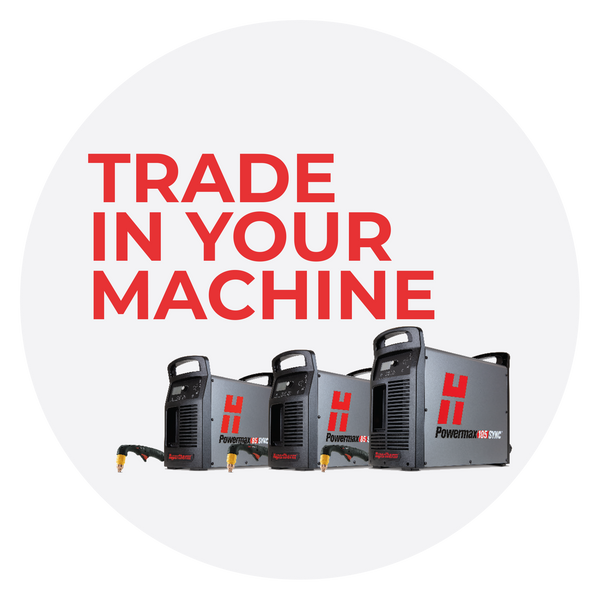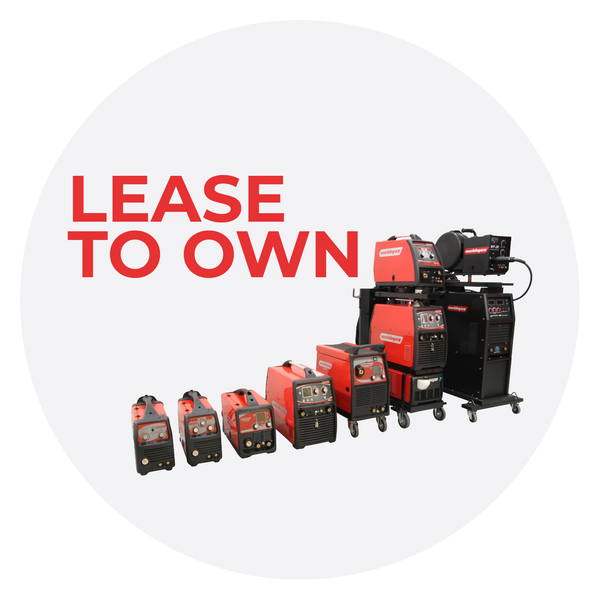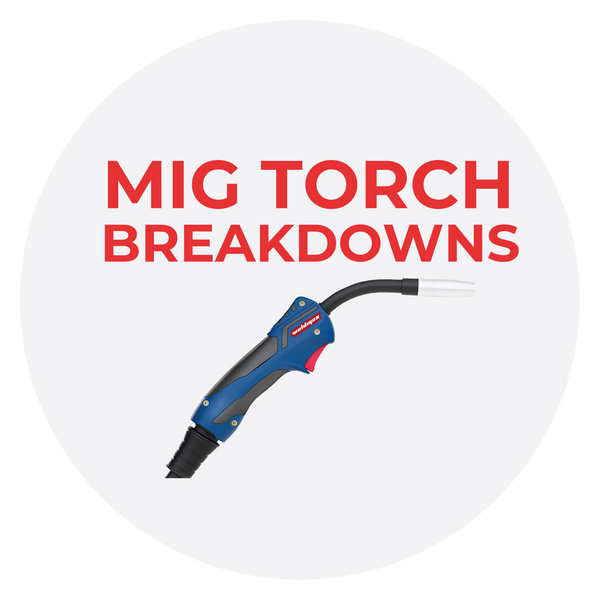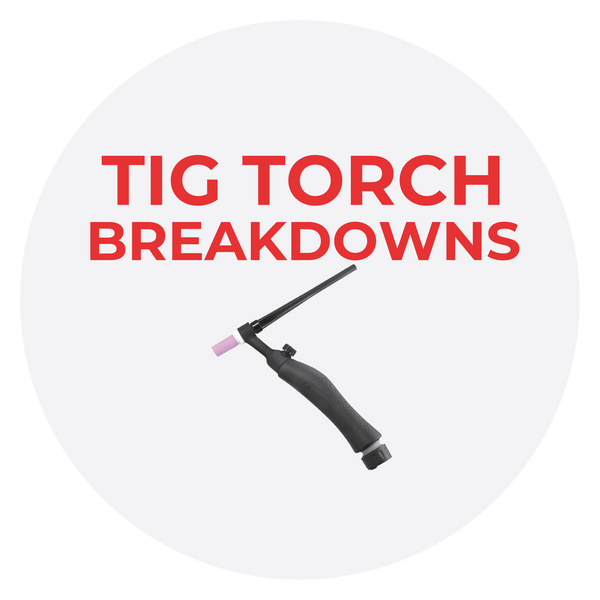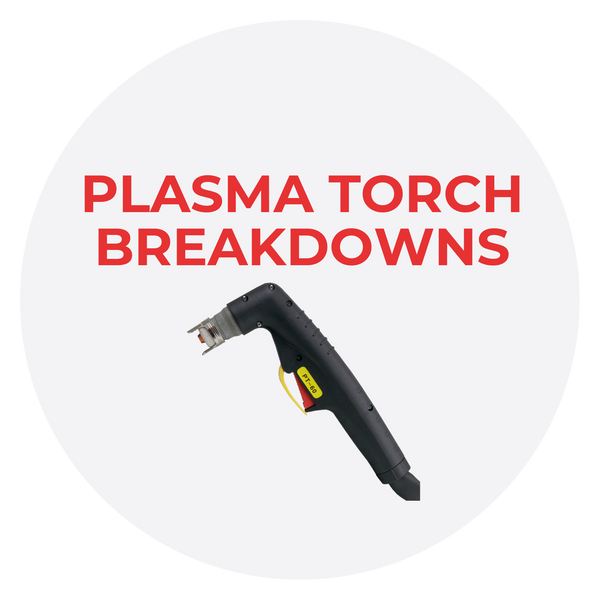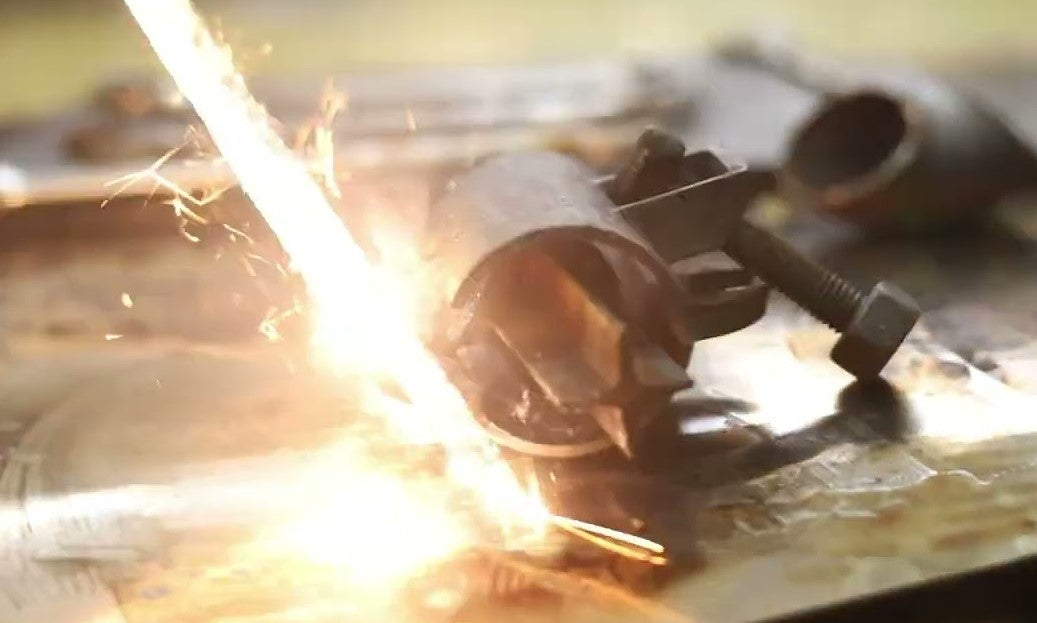STUD WELDING AND HOW IT WORKS

Stud Welding is a general term for joining a metal stud, or similar part, to a work piece. Welding can be done by a number of welding processes including ARC, Resistance, Friction and Percussion. Of these processes, STUD ARC WELDING utilizes equipment and techniques unique to stud welding. The other processes use conventionally designed equipment with special tooling.
How stud welding works.
Process. The process involves an arc being ignited, between the face of the stud, and the surface of the work piece. Once both parts are melted, the stud is smoothly pressed against the work piece and joined together. Welding elements like threaded studs, pins, tapped pads, etc. are welded by an arc without additional material being required. As the stud is joined with the work piece over the whole surface of the stud, the strength of the joint is even higher than the base material or the stud.
Did you ever wonder why stud welding was invented?
Here are some of the reasons why the technology was created:
Drilling & Tapping
These processes are very slow. Thicker parent material is required, as are longer studs.
Inserts
Can eventually work loose. They can also crack paint and leave unsightly stains. Holes need to be punched and deburred in parent material. The reverse side is not always clean and flat. The parent material is weakened by the holes.
Back Welding
The process is slow. Holes need to be punched and deburred in parent material. The excess weld needs grinding off, for a clean, flat finish. The parent material is weakened by the holes.
Through Bolting
Requires two handed assembly and access from both sides. Holes need to be punched and deburred in parent material. Bolt heads are unsightly and stains can come from the bolt holes. The assembly is not leak-proof and the parent material is weakened by the presence of the holes.
The Solution – Stud welding.
The benefits of this system are: Fast attachment. No reverse marking. The welded joint is stronger than the parent material or the stud. Access is only required from one side. No holes hence no leaking or weakening of the sheet. Tamperproof, pre-coated or painted materials can be welded. The equipment is portable and easily jigged. In fact, stud welding overcomes the disadvantages of all of the previous processes.
Stud Welding’s primary advantages:
Greater time and cost savings through NO drilling, punching, threading, gluing, riveting, screwing or finishing.
Increased flexibility in design and usage, through the stud’s high strength and ability to be applied on very thin plates and platforms, with limited or only one sided access
Unsurpassed economy, though high levels of automation, fast weld rates and low price for standard studs
Vernon from QWS demonstrates how stud welding works with a Taylor Stud machine.
Two Methods for Stud Welding
Methods available - Arc Stud Welding and Capacitor Discharge (CD) Stud Welding. The correct option depends on the type of stud fastener needed, based on the application and the base metal that the fastener well be welded to.
Arc Stud Welding is generally used to weld large diameter fasteners to rougher and thicker base metals.
Arc Studs may be almost any shape and there are literally hundreds, however, they must have one end of the fastener designed for Arc welding equipment.
Mild steel, stainless steel and aluminum are applicable materials for Arc Welding.
1: A fastener and ceramic ferrule are firmly placed against the work surface under spring tension.
2: Upon triggering, the weld gun automatically lifts the fastener from the base metal and initiates a controlled electric arc - which melts the end of the fastener and a portion of the base metal.
3: A ceramic arc shield concentrates the heat and retains the molten material in the weld area for maximum weld strength and reliability.
4: At the precise moment the fastener and the parent metal become molten, the fastener is automatically plunged into the work surface. The metal solidifies and a high quality fusion weld is completed.

That’s all about the basics of stud welding, If you have a new application in mind or you need assistance with your current manufacturing proces, feel free to contact us


